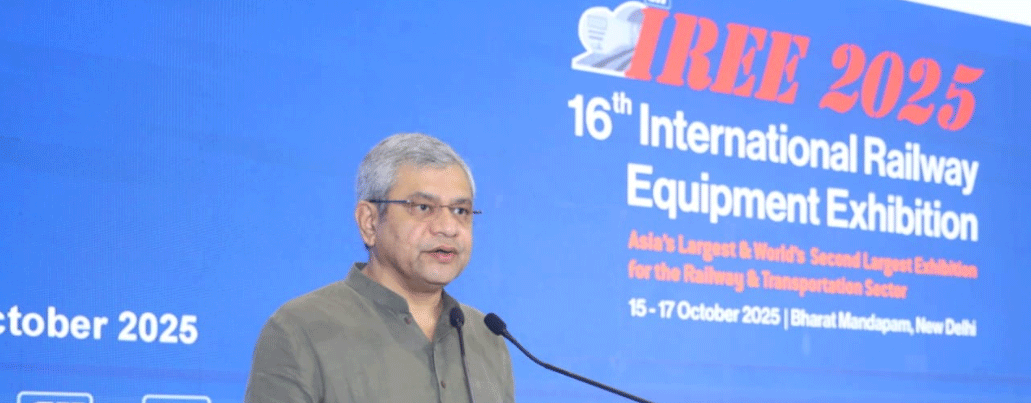New Delhi: Minister Railways, Shri Ashwini Vaishnaw has announced a massive, multi-decade modernization strategy, including a $725 billion future-proofing plan set to culminate in a 7,000-kilometer high-speed passenger rail network by 2047.
The ambitious overhaul, detailed by the Ministry of Railways, aims to place India among the world’s most advanced railway systems.
A central pillar of the long-term vision is the development of a 7,000-kilometer high-speed rail (HSR) network by the year 2047. This high-speed corridor is separate from the ongoing Dedicated Freight Corridor (DFC) project, and is intended for bullet train operations, primarily to increase the speed and capacity of intercity passenger travel.
The plan will see the deployment of next-generation trains, including new variants of indigenously manufactured rolling stock:
Vande Bharat 4.2 trains are expected to run at a permissible speed of up to 160 kmph, and a future iteration is anticipated to achieve 350 kmph.
Amrit Bharat 4.0 trains, the non-air-conditioned, low-cost long-distance service, are designed for a maximum speed of 130 kmph.
Union Minister of Railways Ashwini Vaishnaw confirmed that the government’s comprehensive capital investment plan is designed to future-proof the railway system for the next 25 years. This transformation emphasizes safety, capacity augmentation, customer amenities, and rolling stock upgradation.
The Minister also highlighted significant progress in electrification and safety:
Indian Railways is on track to achieve 100 percent electrification by the Financial Year 2025-26.
The network has set a goal of becoming a net-zero carbon emitter by 2030.
The consequential train accident rate has fallen significantly in the past decade, and the implementation of enhanced track maintenance, electronic interlocking, and the Kavach system is credited with the improvement in safety metrics.


